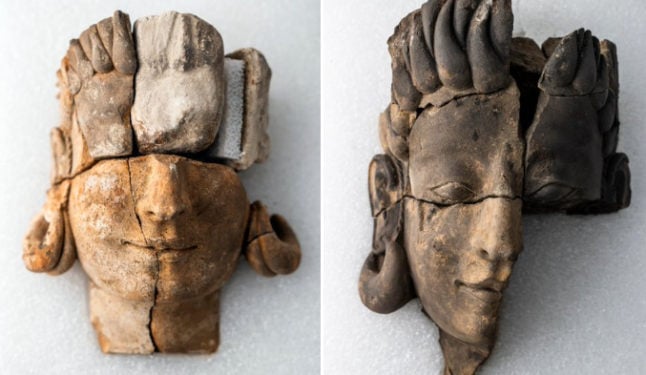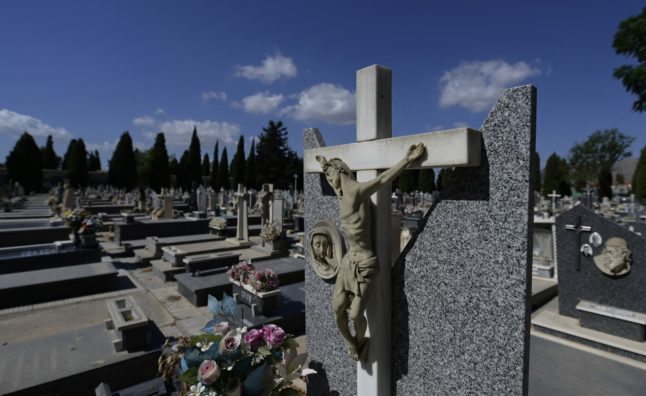Five busts, damaged but two of which maintain a great degree of detail, are the first human and facial representations of the Tartessian people that the modern world has ever seen.
Archaeologists representing Spain’s National Research Council (CSIS) on Tuesday presented the incredible findings of an excavation carried out at Casas de Turuñuelo dig in Badajoz, in southwest Spain.
These “extraordinary findings” represent a “profound paradigm shift” in the interpretation of Tartessian culture, excavation leaders Celestino Pérez and Esther Rodríguez said during the press conference.
The Tartessians, believed to have lived in southern Iberia (present-day Andalusia and Extremadura) are considered one of the first Western European civilizations, and perhaps the first to have thrived in the Iberian Peninsula.
Given how few Tartessian archaeological findings there have been so far, this ancient society is shrouded in mystery.
In historical records from Ancient Greece, Tartessos’ port was located at the mouth of the Guadalquivir river in what’s now Cádiz. Greek historian Ephorus described it in the 4th century BC as a wealthy civilization centred around the production and trade of tin, gold and other metals.
Investigadores del #CSIC hallan las primeras representaciones humanas de Tarteso. Los trabajos del @IAM_CSIC en el yacimiento de Casas del Turuñuelo (Badajoz) sacan a la luz los restos de cinco relieves antropomorfos del siglo V a.C.
📷Samuel Sánchez
▶️https://t.co/kc3FHaJz1t pic.twitter.com/jmBQbT08RD— CSIC (@CSIC) April 18, 2023
What isn’t known is where the Tartessians originated from, if they were rather an indigenous tribe with influences from the East, or a Phoenician colony which settled beyond the Pillars of Hercules (the Strait of Gibraltar).
The team from the Institute of Archaeology of Mérida behind this latest excavation believes two of the busts that have been unearthed in what is thought to be a shrine or pantheon represent Tartessian goddesses, whereas previously it was understood that Tartessian religion was aniconic (opposed to the use of idols or images).
The facial depiction of the stone busts, as well the inclusion of jewellery (hoop earrings) and their particular hairstyles, resemble ancient sculptures from the Middle East and Asia.
Archaeologists believe that together with the other three sculptures that were considerably more damaged, the two goddesses formed part of a stone mural depicting four deities watching over a Tartessian warrior, as one of the defaced busts has a helmet.
The ornate effigies, which initial findings suggest are around 2,500 years old, also represent an important discovery for art historians, as Ancient Greece and Etruria (an ancient civilization in modern-day central Italy) were previously recognised as the epicentre of sculpting in this period in time.
The first archaeological discovery suggesting that Tartessos existed was in 1958, when a series of spectacular gold amulets were unearthed in Camas, near Seville.
READ ALSO:



 Please whitelist us to continue reading.
Please whitelist us to continue reading.
Member comments